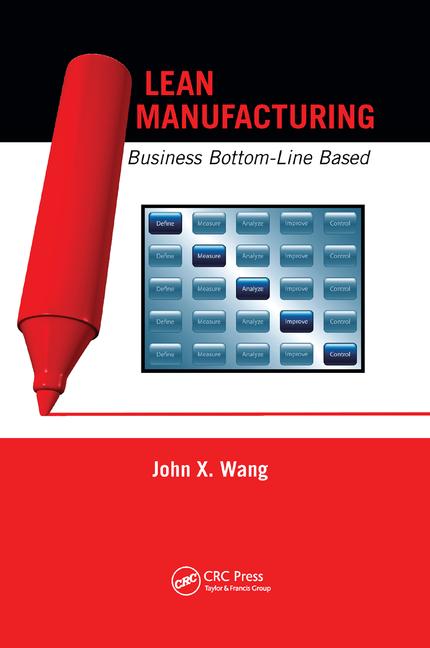What is leadership? Specifically, what is lean leadership? In business today, leadership and management have become synonymous, losing all meaning in the process. Effective leadership is vital, but overuse of the word has done a disservice to the importance and rarity of good leadership, and to the nature and challenges of management.
Leadership and management are distinct concepts. Management is maintaining current reality. It is operating the system, making decisions, allocating resources, providing direction and solving problems. Leadership is moving to the ideal state. It comprises all the conversations, activities and insights that move an organization and individuals to a new level. The late D. Wayne Calloway, former head of Pepsi, said, "As it turns out, plants and dollars can be managed, but people expect leadership."
Leadership of lean is complicated, messy and challenging. Leadership is all the more important with lean, because lean is about changing the way people think, act and even talk. Remember, a lean culture spreads through the organization one heart and mind at a time.
A single model for the ideal lean leader does not exist, but herewith, I offer my 1-minute course on leading lean. It is based on answering three questions drawn from the example of a real client, a lean champion asked to move a reluctant organization forward, whom we shall refer to as "Frank."
QUESTION 1. What is your own personal vision of what must happen?
Answering this question isn't easy. It requires a deep understanding of your current reality, plus reflection, analysis and an image of the ideal state.Frank believed that to move this company forward, he would need to get the five top leaders to sit down regularly to discuss the operations of the company. They would have to learn, and discuss issues related to having a common way of operating the business.
QUESTION 2. What are you willing to do to achieve this?
This is the gut-check question. What's your personal risk tolerance, or personal willingness to take a chance? Frank knew that without getting these five top leaders on the same page, the rest of the organization would flounder in confusion, and he would ultimately fail at his job. The answer to this question is different for everyone; in this case, Frank knew that he had to get the commitment from each individual or quit. This was now a legitimate negotiating point with the executives who wanted the organization to move forward, despite their behaviors.QUESTION 3. What stands in the way of you taking that action today?
Franklin Roosevelt, a man who faced many real obstacles, said "The only limit to our realization of tomorrow will be our doubts of today." Frank had doubts about his ability to have this conversation with each of the executives, and needed help on how to effectively position the discussion.So Frank practiced, with feedback, until he got it right. This gave him the confidence to go forward, and he succeeded in winning their commitment to working together.
That's it: the one-minute lesson on lean leadership. Sound simple? It is. But that does not mean it is easy. It wasn't easy for Frank. It just seems that way. We all have the same number of seconds in the day. Will you use YOUR seconds to lead lean?
Jamie Flinchbaugh is a founder and partner of the Lean Learning Center in Novi, Michigan, and the co-author of The Hitchhiker's Guide to Lean: Lessons from the Road. He shares his successful and varied experiences of lean transformation as a practitioner and leader through companies such as Chrysler and DTE Energy. He also has a wide range of practical experience in industrial operations, including production, maintenance, material control, product development and manufacturing engineering. Jamie is a graduate fellow of the Leaders for Manufacturing Program at the Massachusetts Institute of Technology, where his research thesis was on implementing lean manufacturing through factory design. He also holds a B.S. in Engineering from Lehigh University in Bethlehem, PA, and an M.S. in Engineering from the University of Michigan. To contact Jamie directly, go to the Web site www.leanlearningcenter.com.


